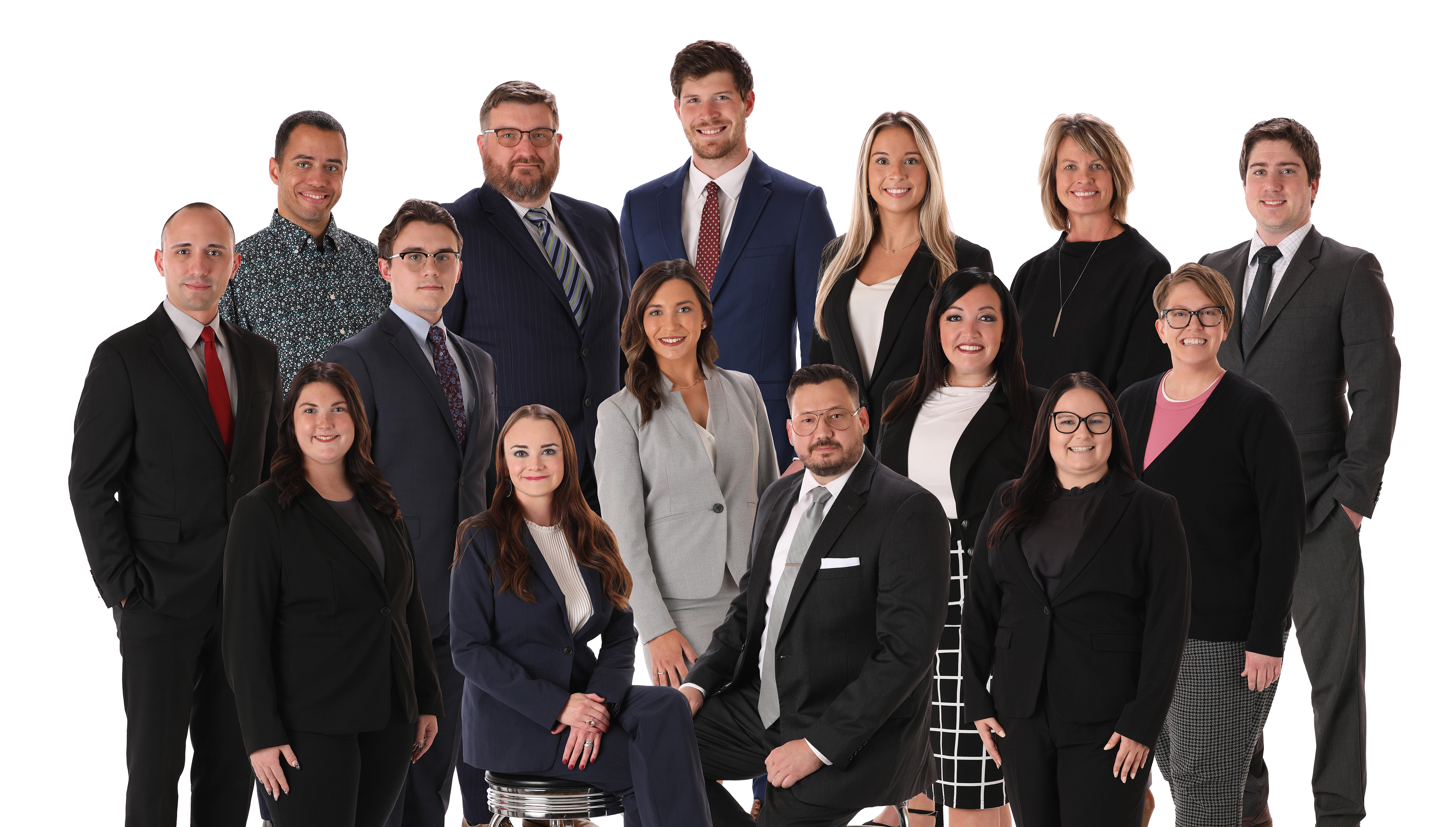KANSAS CITY TRIAL LAWYERS
Ready, willing and able to litigate your case.

At Cornerstone Law Firm, we understand that the justice system can be intimidating.
Our award-winning attorneys are here to explain the legal process and fight for the rights of each and every one of our clients.
Whether your case involves employee rights, DWI/DUI or criminal defense, an automobile accident or other personal injury, or any other legal situation, we are here for you.

Police officer retaliated against by St. Louis Metropolitan Police Department after filing sexual harassment complaint. Case tried to jury.
Driver charged with felony assault and DWI after seriously injuring passenger in single-vehicle accident and hospital blood test showing BAC of .271%.
RESULT: BOTH CHARGES DISMISSED
Young woman seriously injured in automobile accident when other driver runs red light and broadsides vehicle, although police report and witnesses indicate young woman ran red light and caused accident.
READY TO SCHEDULE YOUR FREE CONSULTATION? CALL 816-581-4040 OR
PROUDLY FIGHTING FOR CLIENTS THROUGHOUT MISSOURI, INCLUDING SUCH CITIES AS:
- Blue Springs
- Cape Girardeau
- Chesterfield
- Columbia
- Florissant
- Independence
- Jefferson City
- Joplin
- Kansas City
- Lee's Summit
- O'Fallon
- Springfield
- St. Charles
- St. Joseph
- St. Louis
- St. Peters

